Contents:
Coin collections are curiously amusing, for each instance refers to a particular event or figure, and these usually represent the most illustrative periods of history. The American past is often carried through pennies, i.e., one of the most widely used coins in the country, which is why these numismatic creations offer a fine background for commemorative programs and other governmental initiatives alike.
Lincoln Penny 1963 is an appropriate example that may demonstrate the flair of its time, i.e., the height of the space race and changing society. Time waits for no one, and even the most well-preserved instances inevitably exhibit signs of wear. In this material, we finally focus on the 1963 D Lincoln Penny and the features that identify this coin as unique – a creation that deserves the attention of any collector around the globe.

What is the 1963 Penny D, and When Did It Appear?
First, let us understand what the 1963 Lincoln is. Being a true representative of the Lincoln Memorial Cent series, the 1963 penny obviously refers to a one-cent coin issued in the United States in 1963. Continuing the design of a Lincoln penny revealed in 1909 to commemorate the 100th anniversary of Lincoln's birth, the coin depicts Abraham Lincoln on the obverse and the Lincoln Memorial on the reverse.
Even though it was a widespread currency when it was first struck, collectors may still value well-preserved copies, particularly those with uncommon flaws or in higher grades, which is rare for sure.
Some Key Characteristics of the 1963 Lincoln Cent

Like any other coin, the Penny 1963 D has a few distinctive features that may help one identify which item is a true penny and which one is fake or a lookalike. Let us briefly cover the most important aspects of the coin for one to be aware of what it looks like and how to identify it properly.
Obverse: Features a profile of President Abraham Lincoln, which was created by sculptor Victor D. Brenner in 1909. The original 1963 wheat penny design was practically the same, so this side of the coin was not altered at all.
Reverse: Depicts the Lincoln Memorial with a little replica of the Lincoln statue visible from the inside, created by Frank Gasparro in 1959.
The Main Characteristics of the 1963 D Penny | |
Metal Composition | 95% copper and 5% zinc |
Diameter | 19.05 mm |
Weight | 3.11 grams |
Thickness | 1.52 mm |
Edge | Plain |
Produced by | Denver Mint* (indicated by "D" mintmark) with 1,774,020,400 pieces struck |
*Apart from Denver, 1963 pennies were also produced at the Philadelphia Mint (757,185,000 coins), but it should be a subject of another material.
1963 D Penny Error List with Pictures
Although there might be numerous errors, some of them seem more intriguing to obtain. Here are the most notable instances that were sold at the most popular auction platforms for numismatists and are worth mentioning.
1963-D 1C Struck on a Silver Dime Planchet
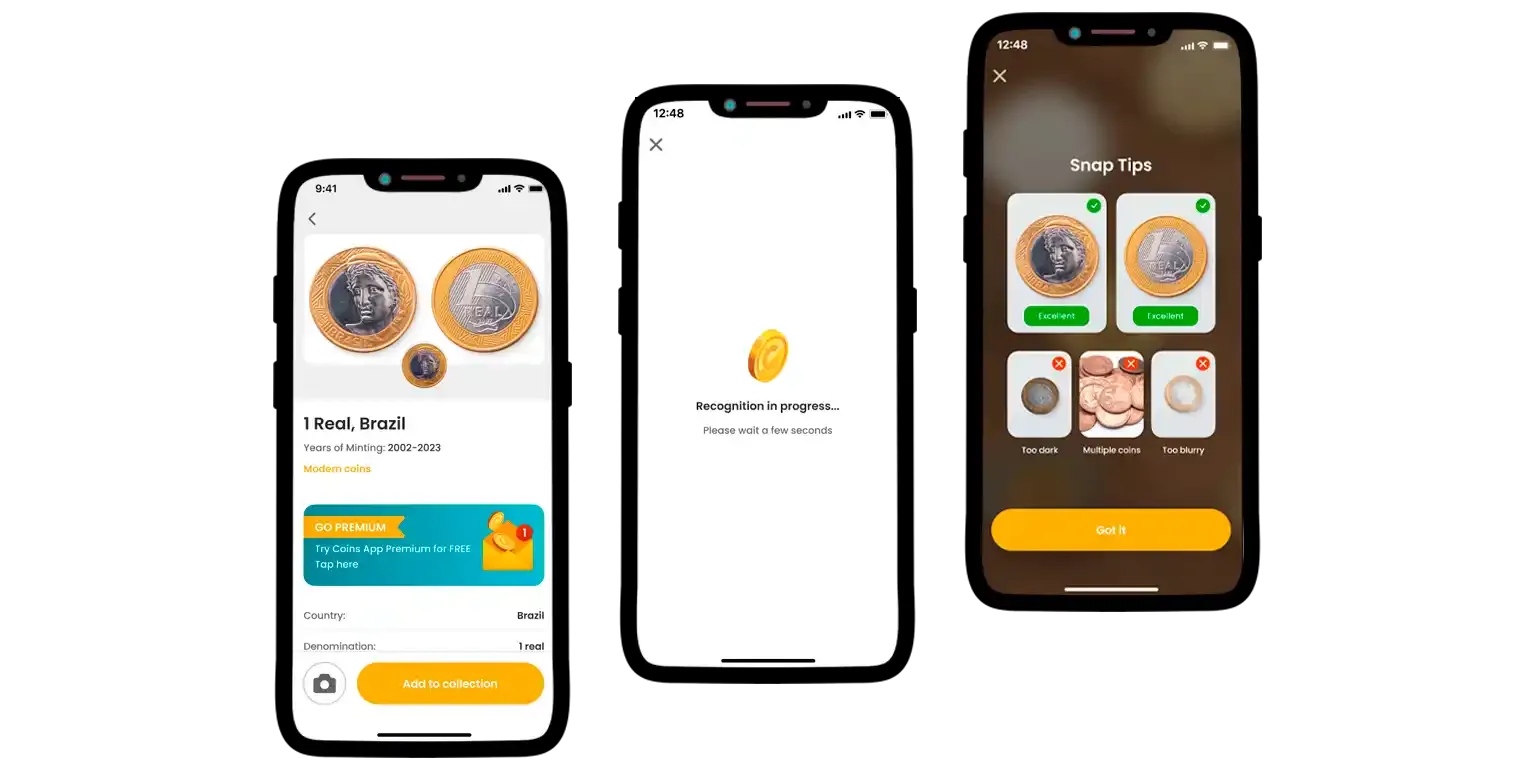
Auction Record: $705
An off-metal error where a silver dime planchet was mistakenly used. The coin is lighter, has a silver tone, and may appear slightly undersized with missing design elements at the rim.
1963 D 1C L and IN GOD WE TRUST on Rim
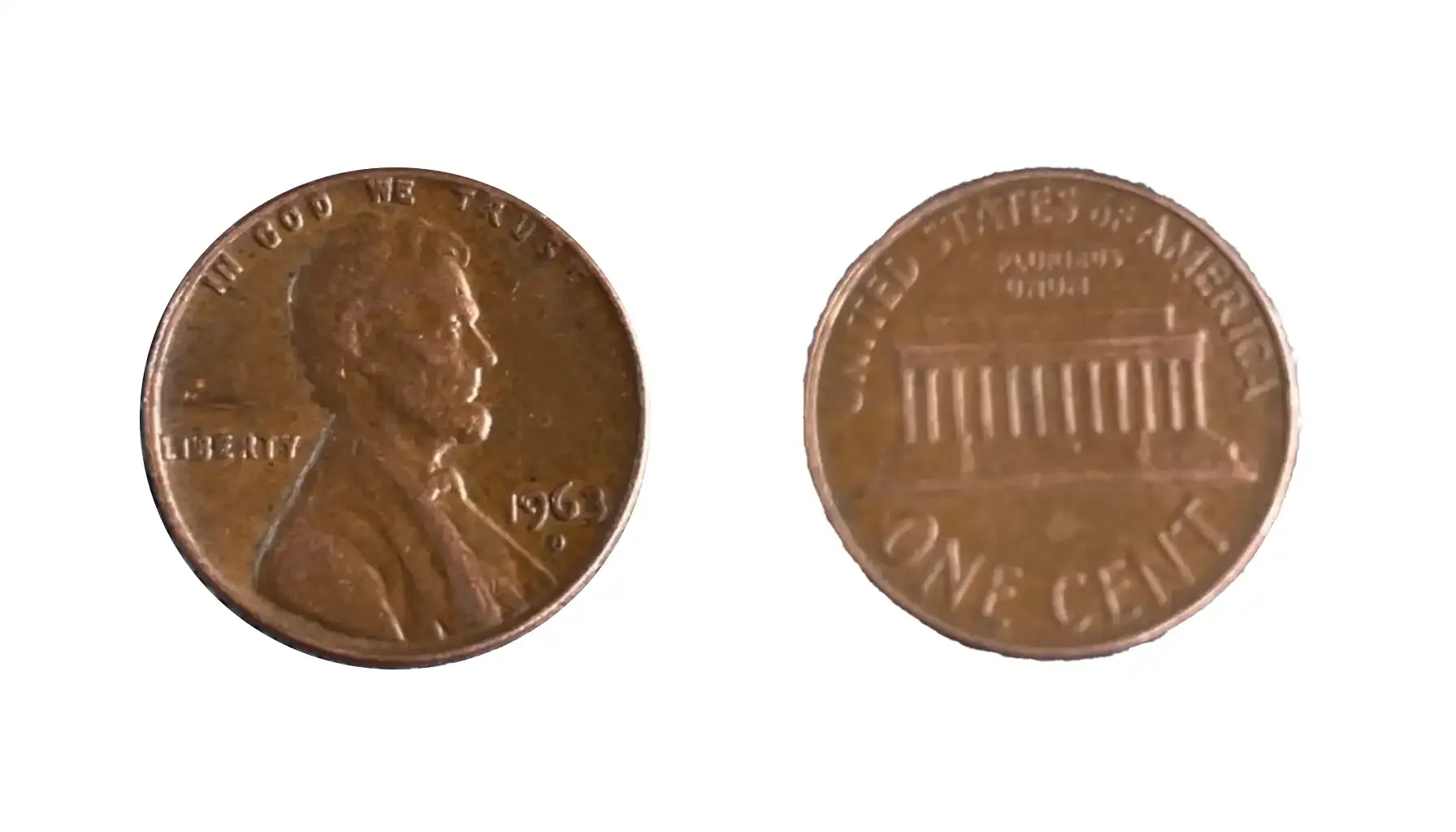
Auction Record: $500.00
A dramatic misalignment during striking pushed parts of the phrase “IN GOD WE TRUST” and the “L” in “LIBERTY” onto the coin’s rim. This misplacement creates a visually striking and unusual appearance.
1963 D 1C Doubled Die Obverse
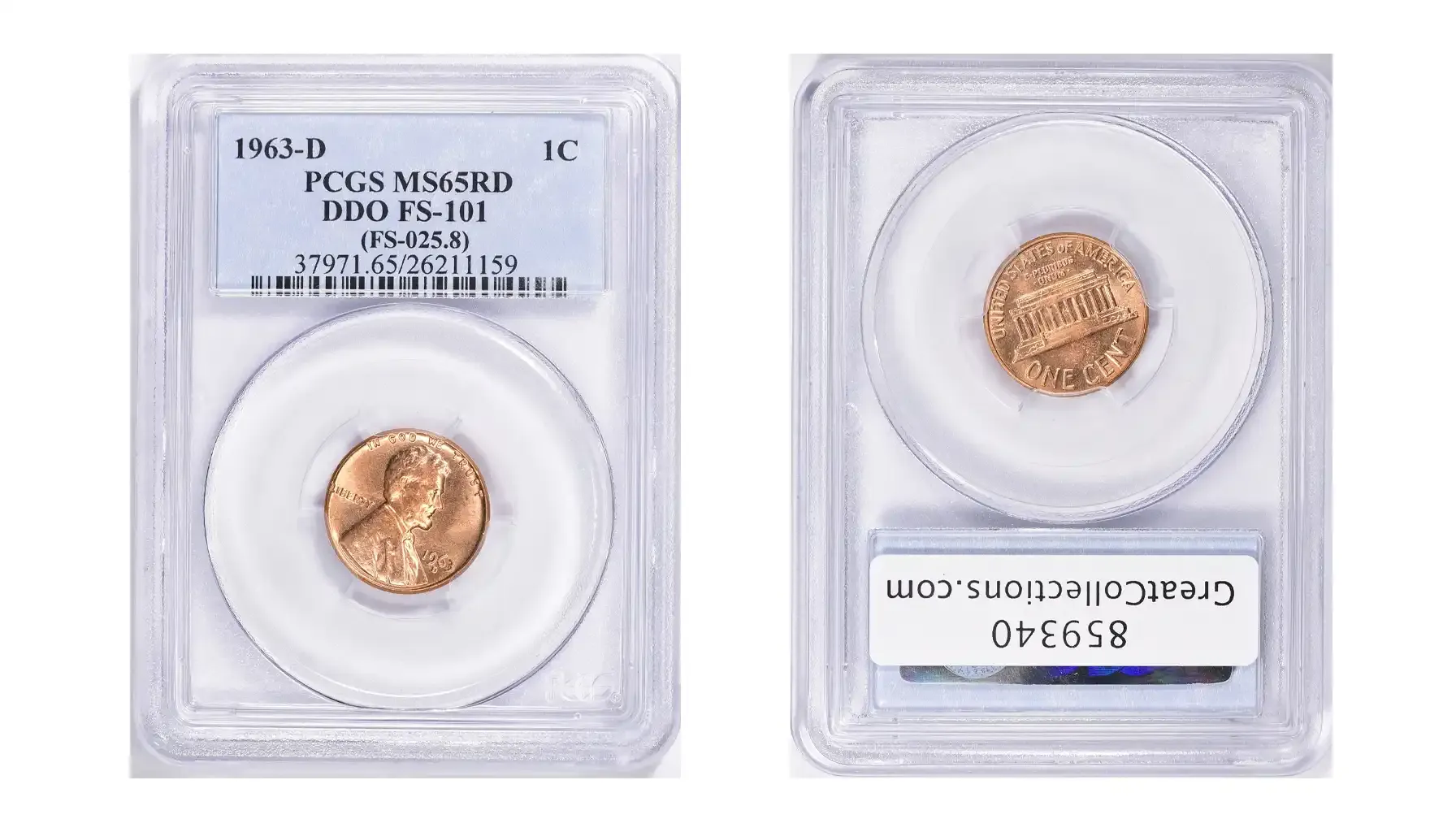
Auction Record: $319
Exhibits doubling on key obverse features such as the date and the word “LIBERTY.” Though not as bold as the reverse doubled die, it is still a sought-after variety among Lincoln cent collectors.
Collectibility Potential of 1 Cent 1963
The condition, mint mark, and presence of any significant flaws are some of the factors that affect the collectibility potential of any coin. Because of its enormous mintage, the 1963 D penny value is not regarded as high, yet collectors may find it worthy for several reasons.
Condition and Grading
Uncirculated or Mint State (MS): What makes a 1963 D penny rare? Its condition. The most sought-after coins should be kept in mint state with little to no wear, particularly those with an MS-65 grade or above. It is even better if these are certified by a respectable agency like the NGC coin grading company. Such examples might command higher prices (from a few dollars up to $20 or more).
Coins in Circulation: The majority of 1963 pennies that are still in use are worn and may be sold for their face values only. However, well-preserved circulated examples in About Uncirculated (AU) or Extremely Fine (EF) states may be worth more, too.
Designations
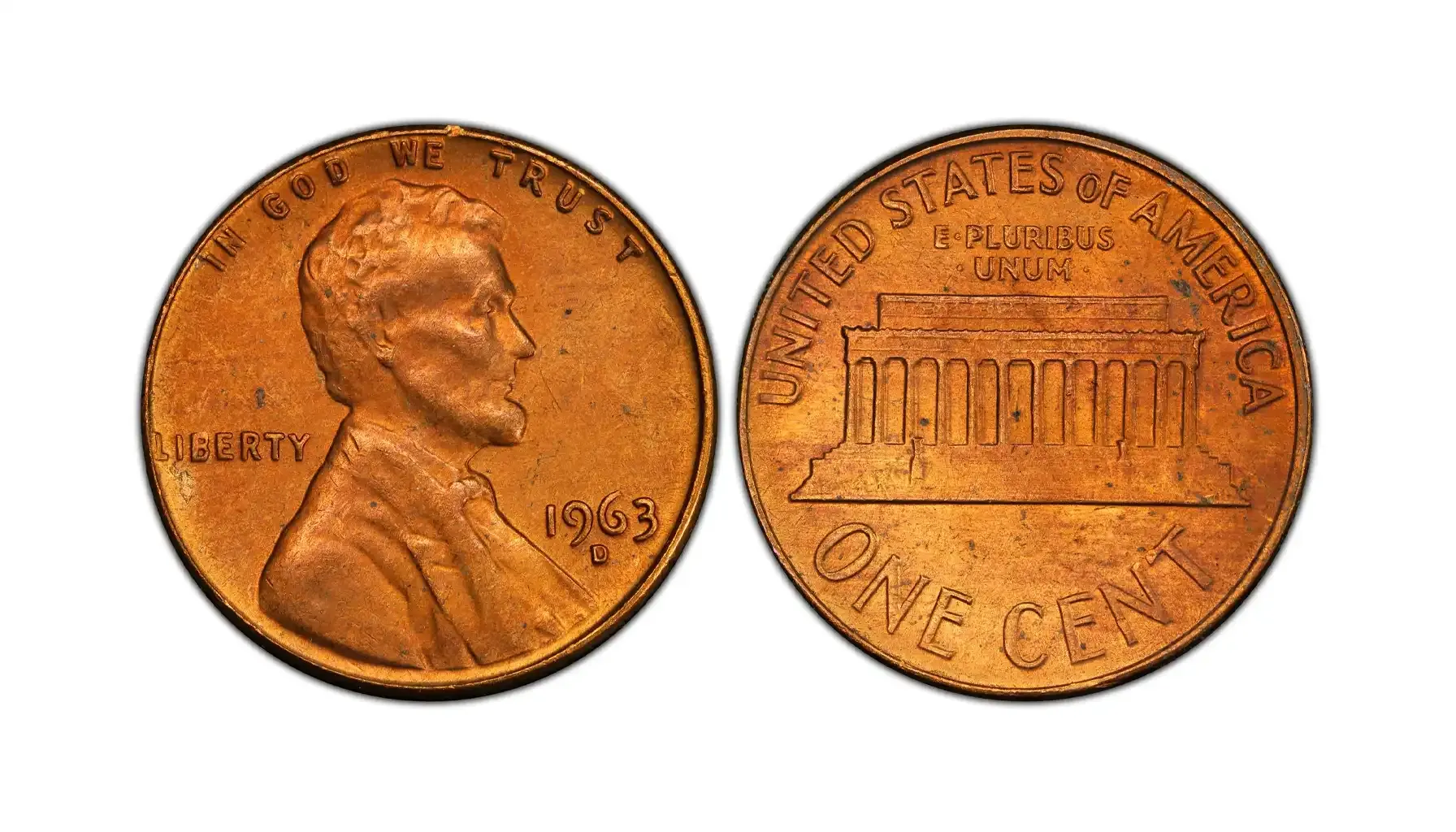
Each instance issued in 1963 is usually attributed with a designation used to describe the amount of original red mint luster remaining:
BN (Brown): The coin has mostly turned brown due to oxidation over time. Less than 5% of the original red color remains.
RB (Red-Brown): A mix of red and brown tones, typically with 5% to 95% of the original red luster visible.
RD (Red): At least 95% of the original bright red mint luster is intact.
Metal Value
As stated by the US Mint officials, the intrinsic metal value of the 1963 penny is higher than that of contemporary pennies because of its high copper content (95%). Although it is banned to melt down pennies in the United States, this fact still increases the appeal of these coins as collectibles with no direct impact on their value on the market. But how much is a 1963 D penny worth as of today?
General Price Ranges by Grade | |
Circulated (Common) | $0.02 – $0.10 |
Uncirculated (MS60–MS63) | $0.20 – $0.50 |
Brilliant Uncirculated (MS64–MS65) | $0.75 – $2.00 |
Gem Uncirculated (MS66 or higher) | $5.00 – $25.00+ |
Red designation (RD) at MS66+ | $50.00 – $100+ |
Certified High Grade (MS67 RD or better) | $150 – $500+ |
Major Error Coins (e.g., doubled die, off-metal) | $300 – $1,000+ |
By the way, silver coins like those from the American Silver Eagles are more expensive because their face value is even higher.
Do Not Miss a Chance to Find Your Coin!
We always say that coin collecting is a rewarding experience, but this may also be daunting and challenging at first. This is why it might be reasonable to employ additional instruments (especially digital ones) to identify, locate, and analyze coins before they enter the collections you own. As for the applications, Coin ID Scanner is one of those tools that is worth trying for sure.
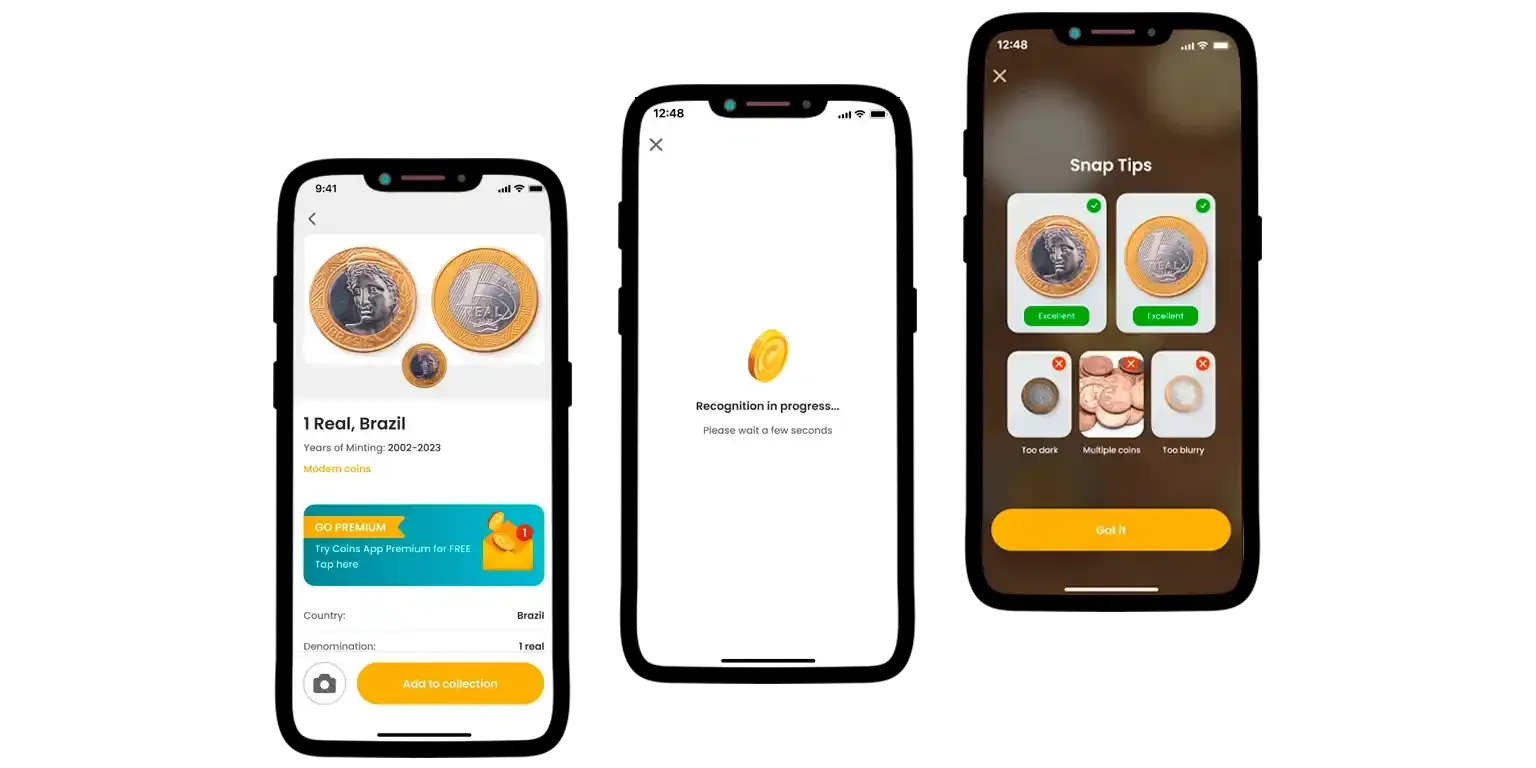
With just a camera on their smartphone, users can quickly and reliably identify coins from all around the world. The software employs advanced image recognition technologies to reveal full coin information, such as the coin's origin, year, denomination, and possible worth, with a quick snap only. What the app may do is become your personal assistant and spot uncommon or valuable coins that you might otherwise miss.
Apart from coin identification, the Coin ID Scanner app includes features like a numismatic encyclopedia, news delivery (e.g., value updates), and a management tool to help you digitally store and track your collection.
Do not miss the opportunity to use this app to find the hidden worth in your collection.



